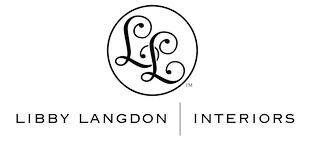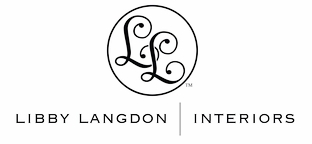Layering in Interior Design
The art of Layering is the process of combining different textures, colors, patterns, and materials to add depth and character to a room. It’s about creating balance and contrast, ensuring that every element contributes to the overall harmony of the space. Layering doesn’t mean cluttering; rather, it’s a deliberate practice of building upon a foundation to elevate your space’s aesthetic and functionality.
Start With a Strong Foundation
Every beautifully layered space begins with a solid base. This typically includes larger, foundational elements like walls, flooring, and large furniture pieces. Opt for some neutral tones or simple patterns for these elements, as they provide a blank canvas for the layers to come.
For instance, if your sofa is a timeless beige, it allows you to play with vibrant throw pillows, textured blankets, and patterned rugs without overwhelming the space.
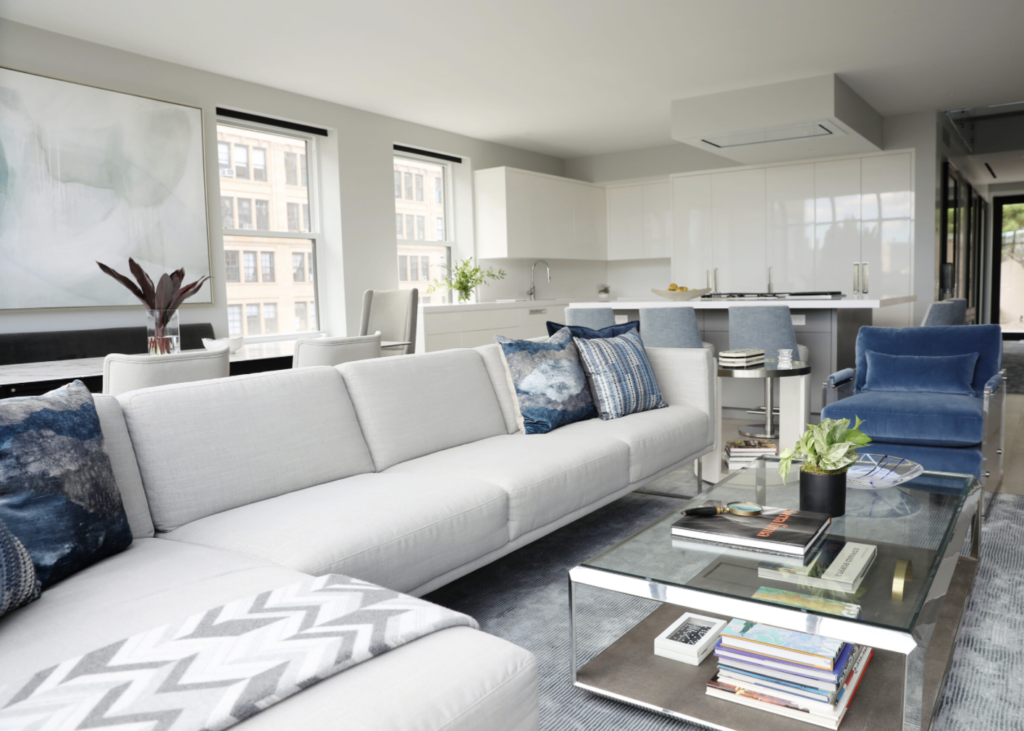
Layering Textures
Texture is one of the easiest ways to add visual interest and tactile appeal to a room. Combining different materials—such as soft velvets, rugged linens, smooth leathers, and natural woods—creates contrast and intrigue.
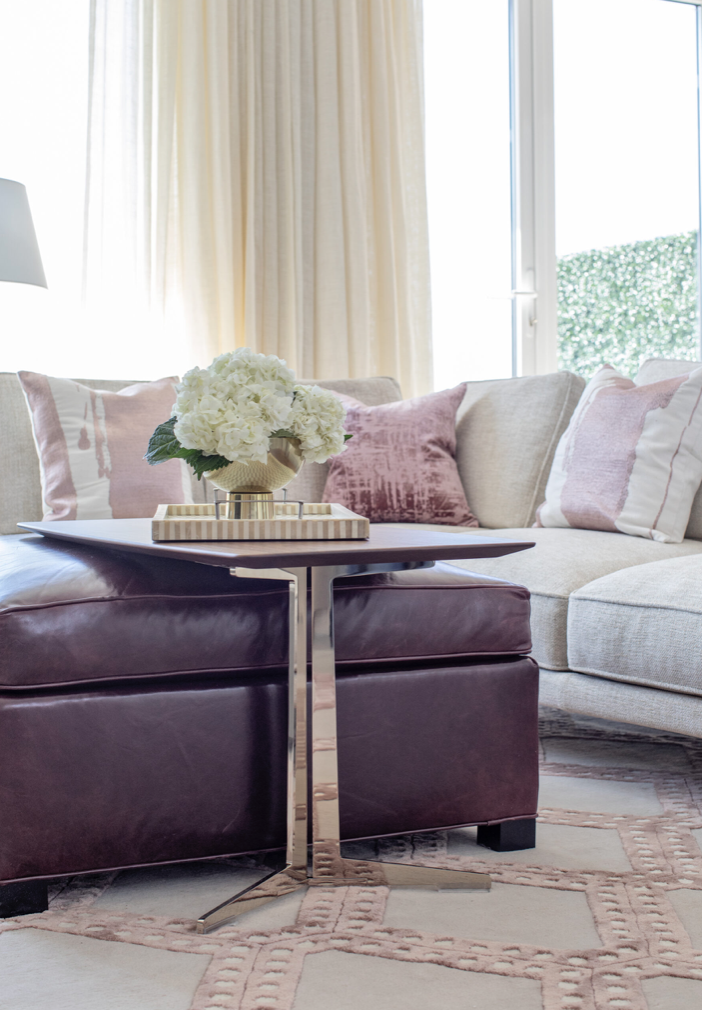
Some ideas to think about:
– Pair a plush velvet armchair with a chunky knit throw.
– Add a jute or sisal rug beneath a sleek glass coffee table.
– Incorporate metallic finishes like brass or chrome for a touch of shine.
Play With Patterns
Mixing patterns can be intimidating, but when done right, it adds a dynamic and playful energy to a room. The key is to vary the scale and ensure a cohesive color palette.
Start with a dominant pattern, such as a bold floral rug or striped curtains. Then, layer in complementary patterns like geometric throw pillows or a subtle herringbone throw. The secret is to let one pattern take center stage while others play supporting roles.
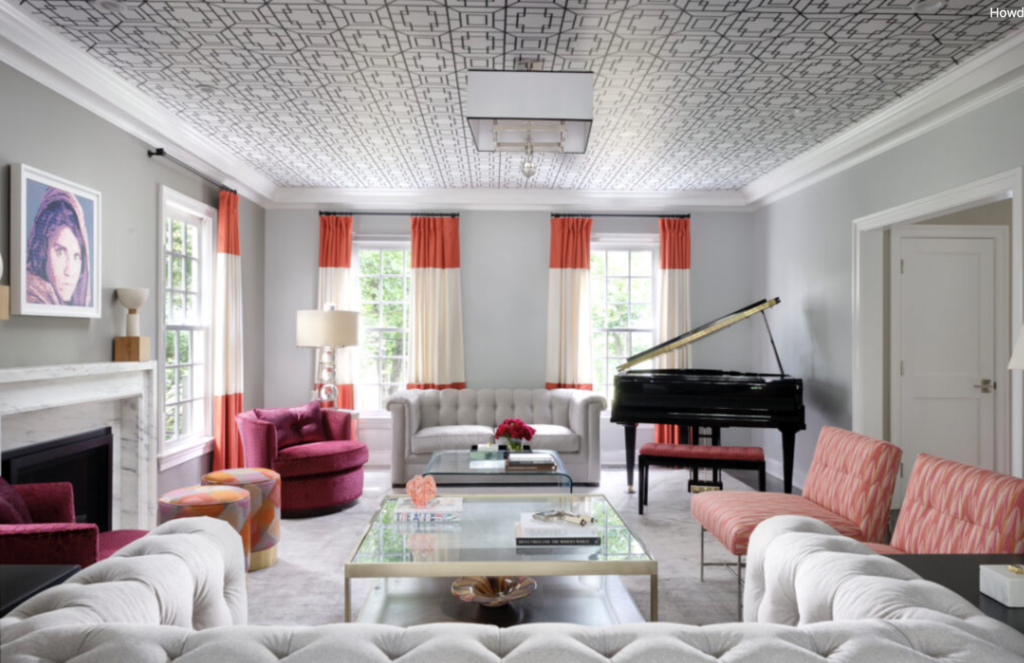
Embrace Color Layers
Color layering is about creating depth with a range of hues. Stick to a consistent palette, but don’t shy away from incorporating shades, tints, and tones to keep things interesting.
Some Tips for Color!
– In a neutral room, introduce pops of color through art, cushions, or a statement chair.
– Use analogous colors (next to each other on the color wheel) for a serene look, or complementary colors for a bold, energetic vibe.
Accessorize
Accessories are the final layer that ties a room together. These include decorative objects, books, plants, and personal mementos. The trick is to curate rather than clutter. Group items in odd numbers and vary their heights to create visual balance.
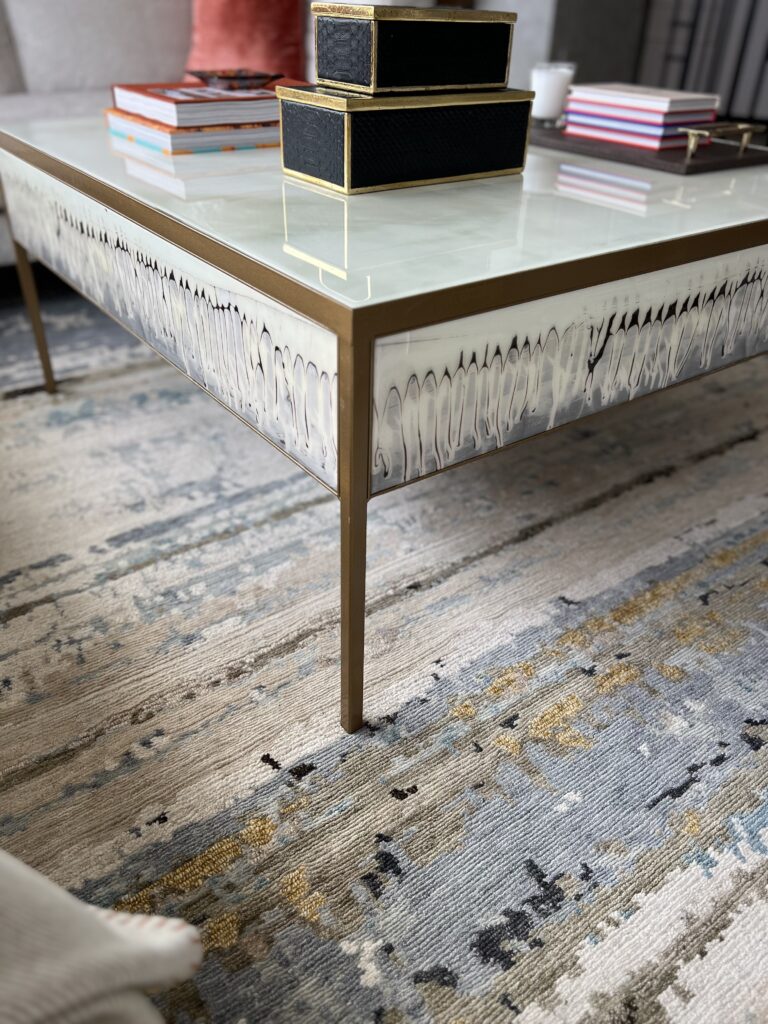
Consider adding:
– A stack of coffee table books topped with a sculptural object.
– A mix of ceramic vases in varying sizes.
– Lush greenery or fresh flowers to breathe life into the space.
Don’t Forget Lighting
Lighting is an often-overlooked layer that can dramatically impact the ambiance of a room. Combine different light sources—ambient, task, and accent lighting—to create a well-rounded scheme.
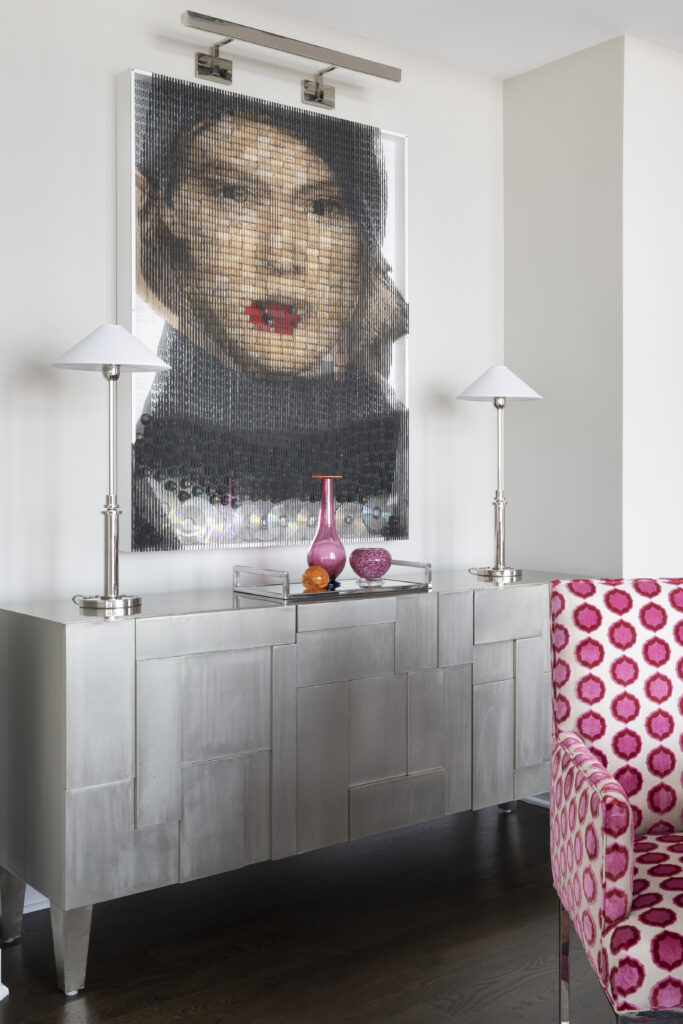
For instance:
– Use a statement pendant light as a focal point.
– Add table lamps for cozy task lighting.
– Highlight artwork or architectural details with wall sconces or picture lights.
Mastering the art of layering takes practice and patience, but the result is a home that feels rich, multidimensional, and uniquely yours. Whether you’re mixing textures, patterns, or colors, remember that balance and intention are key. With these principles in mind, you can create a space that tells your story and invites others to linger a little longer!
Main Pages
Recent Blogs
Blog Categories
Learn More About Libby Langdon

Newsletter Signup
Libby in the News
Latest News about Libby Lagdon
